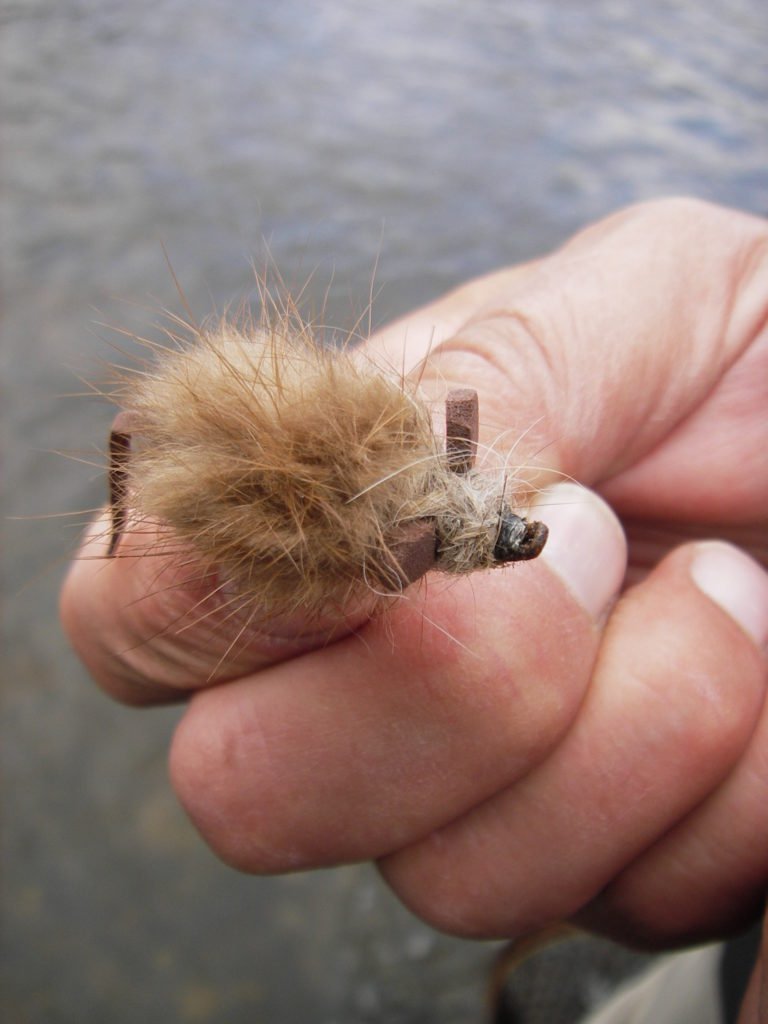0 Comments
Mark Miller
Rainbow Trout in Alaska are one of the most sought after fish species in the state, and the Talachulitna River (nicknamed “The Tal” for short) was named one of Alaska’s first catch-and-release rainbow trout fisheries. Ever since the early 70’s, fishermen have been catching these “leopard-spotted” beauties and then saying a long tearful goodbye when released. Because they’re catch-and-release, there are many monsters in our waters, which is why my only bit of advice for trout-hungry-fishermen is this:
Bring a friend. Otherwise who is going to believe you when you catch a 23 incher that’s so fat you can’t wrap your hands around it?
Another big thing you’ll need to know about our rainbows trout: they’re athletes. They are natural predators born in wild rivers. The Talachulitna River is not a dam regulated fishery, so these fish don’t vacation for half the season in slow running waters and munch on McDonald’s. Our rainbow trout spawn and die on the Tal and live to be 7 to 8 years old. That’s eight years of swimming upstream in fast, wild running waters. So do your push ups before arriving at Alaska’s Talaheim Lodge because our rainbow trout will bite so hard they’ll make you scream like a girl, then take you for quite the ride.
Seasonal Alaska Rainbow Trout Fishing
Here’s a few tips on what our rainbow trout are feeding on throughout the year:
WINTER
Anything. They’re starved and very cold during this season, as you would be if you ventured out to the Tal in the dead of winter. They’re angry, they’re feeding on minnows, any left-over dead salmon at the bottom of the river, and often times on themselves. You’d be doing the same if you were faced with -34F weather.
JUNE/EARLY JULY
Our rainbow trout come to life in the spring. The hatch we’re following is anything that comes to the surface: mosquitoes, mice, may flies and any dry flies. These fish are hungry and eager. Even the seven-year-old-grandpa rainbows, they might be skinny as hell but they’re still long, eager, and put up a good fight.
MID JULY/MID AUGUST
Once the salmon arrive and start spawning we switch to egg sucking leaches, flesh flies, bunny bugs. Mice still work; mice always work on the Tal by the way, we like to call this Mousing for Bows!
MID AUGUST/ EARLY SEPTEMBER
By this time our rainbow trout have gained at least 30% of their total spring body weight. So normal bows that might’ve been 18-20 inches and 4lbs at the beginning of the season are now 5-6lbs, and our grandpa once-in-a-lifetime-bows might range from 23 inches and 6-7lbs.
To catch these rainbow trout during high season anything goes: mice, dry flies, egg sucking leaches. They’re used to seeing it all, and they’re hitting it all. So you might find yourself changing it up a bit more often than you did in the beginning of the season, but the trouble will be worth it.

WATER CONDITIONS AND ENVIRONMENT
On the Talachulitna River and our surrounding steams, water temperature really doesn’t change. We’re fishing small, intimate streams that are wadable, where the deepest part of the steam might be 5 feet. When it’s hot and sunny, rainbows might stick to the shoreline, whereas when it’s rainy they might take to the middle. Our guides will point you in the right direction, but chances are, you’ll find the rainbows where ever you cast.
Same goes for our other predator species: Arctic Grayling and Dolly Varden. Dolly Varden are a bit more difficult to hunt for; these pretty, pink spotted fish tend to show up when lake water meets river water. But our large finned Arctic Grayling show up often, and where ever. It’s not uncommon to catch 30-40 rainbow and grayling in a day. And unlike the Rainbow Trout, Arctic Grayling aren’t catch and release, which means these fish are our guides favorite to grill shoreside or serve for appetizers as sashimi. They’re bony as hell, but real clean and fresh eating.
OUR TAL ALASKA TROUT versus “OTHER” TROUT
Our Rainbow Trout on the Talachulitna River are known as “Leopard” trout because of their brightly colored spots and pink underbelly. Even their eyes have spots. The biggest difference in catching these trout versus catching them in other places is that we’re a single-hook fishery and rarely do we use bobbers. Believe me, one hook will do the trick and you’ll definitely know when they bite.
Plus, these fish are wild as the terrain, so they’re not spooked by 6 weight rods and 10lbs monofilament with split shot. If you cast with a splash, it’s ok. If you cast with a splash again, it’s ok as these fish don’t expect danger. They’ve never seen humans, much like your experience if you come fishing at Talaheim. So these wild-human-virgin-fish won’t just bite, they’ll take you for a ride. So like I said before, do your push ups.
I’ve had the privilege of fishing in New Zealand once. Trout are as big as on the Tal– 5lbs– but boy are they spooky. Toss a fly too close and they’re gone, for good. You have to stalk these fish as most of the waters are gin clear. Felt bottoms are not legal there (same as Alaska) and while concentrating on the ground and not on the fish I went down and scared off all the species for fifty feet. This is not the case at Talaheim. Our fish do not spook. They don’t even know what “spook” is.
If you’re interested in fishing for Rainbow Trout, Arctic Grayling, or Dolly Varden, let me know as our 2020 season at Talaheim Alaska Fishing Lodge is filling up fast. At Talaheim Lodge our helicopters enable us to access 100 miles of rivers and streams un-accessible to fixed winged aircraft.
